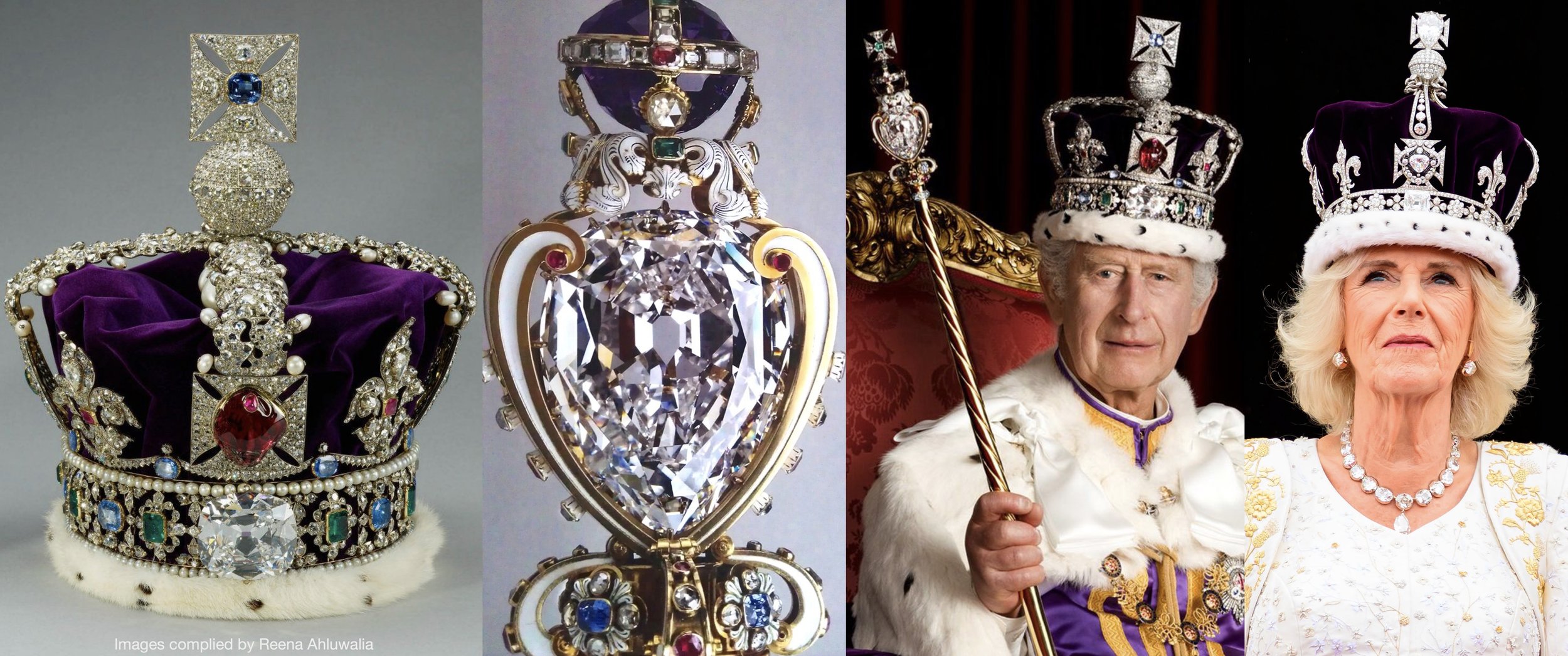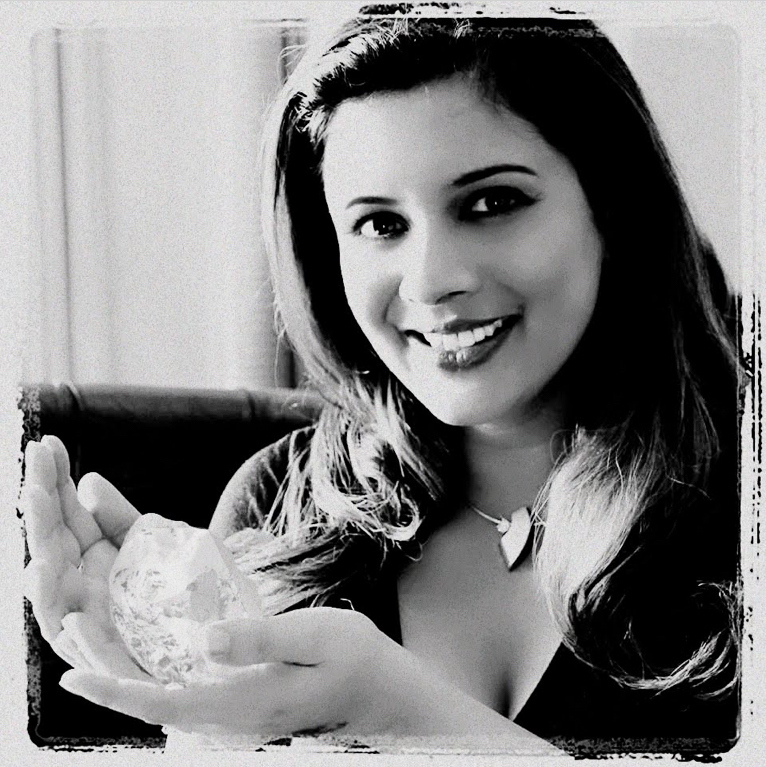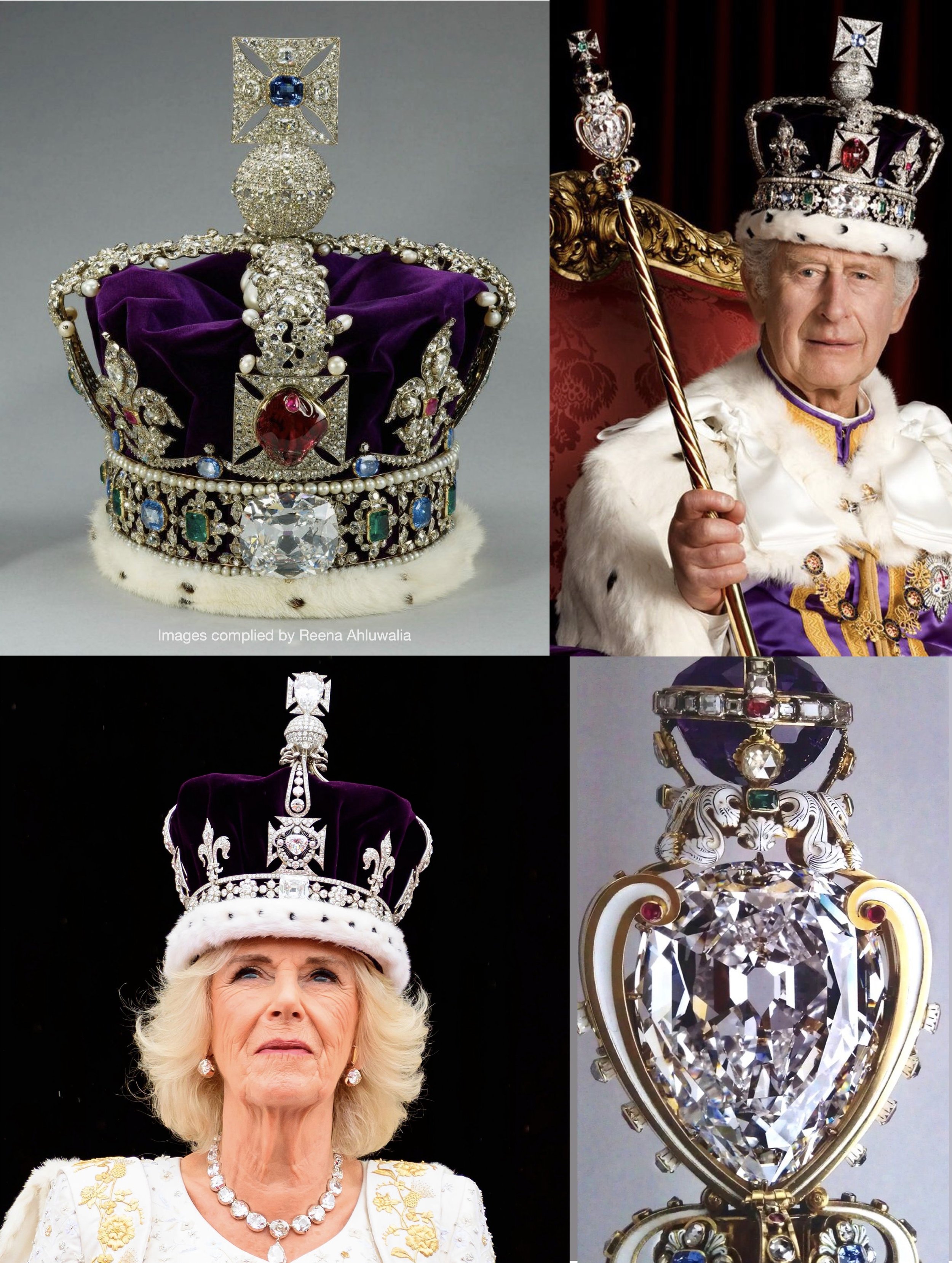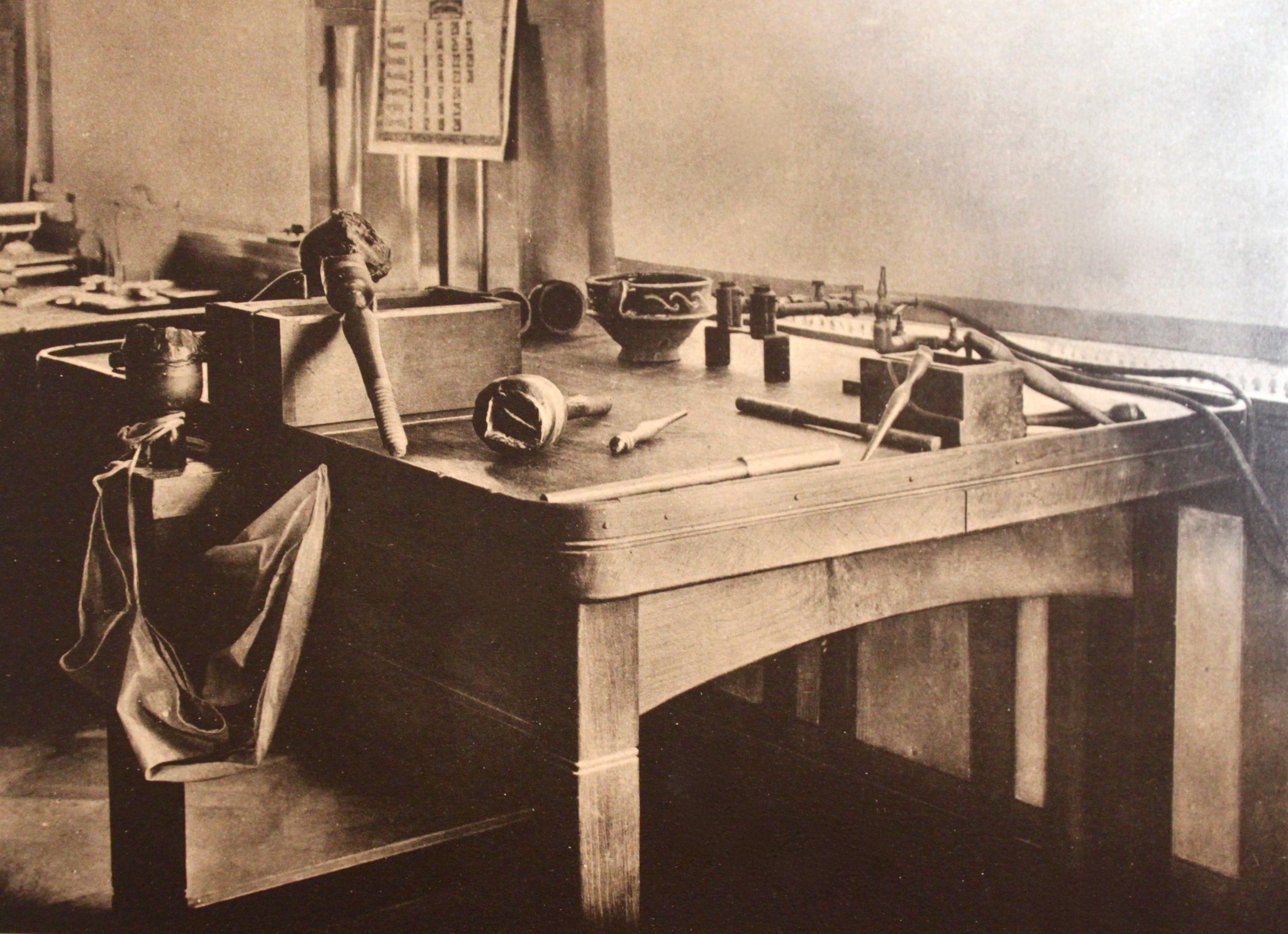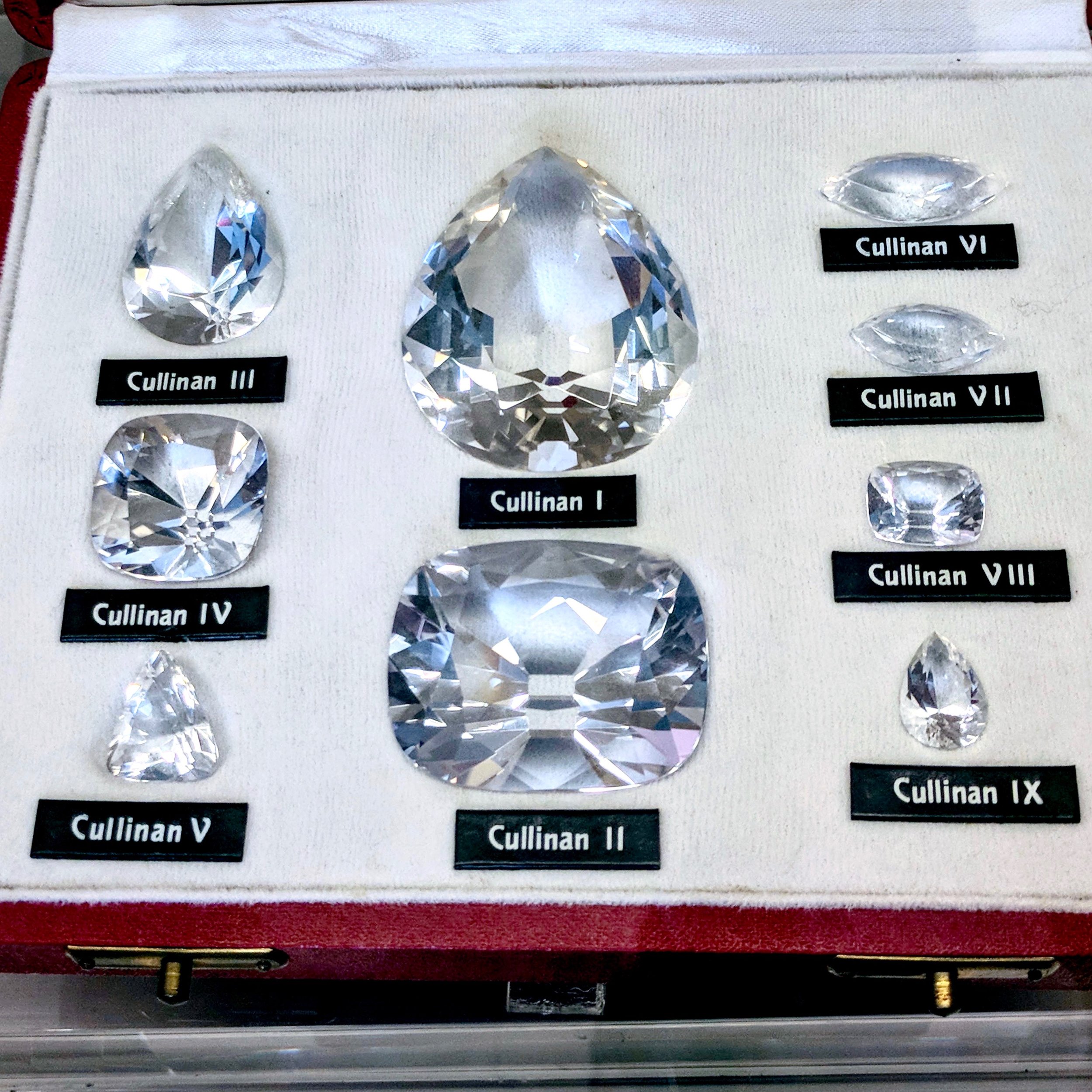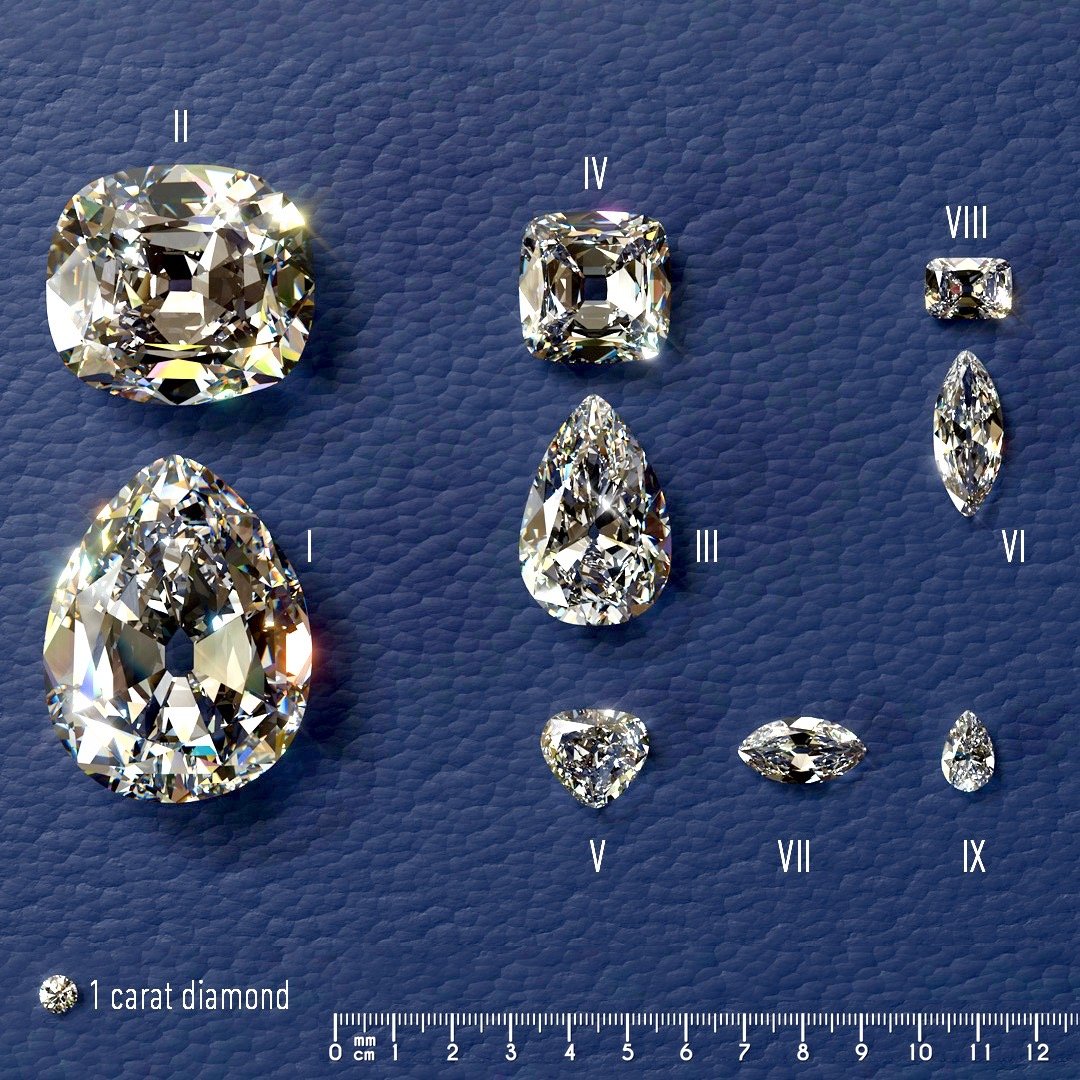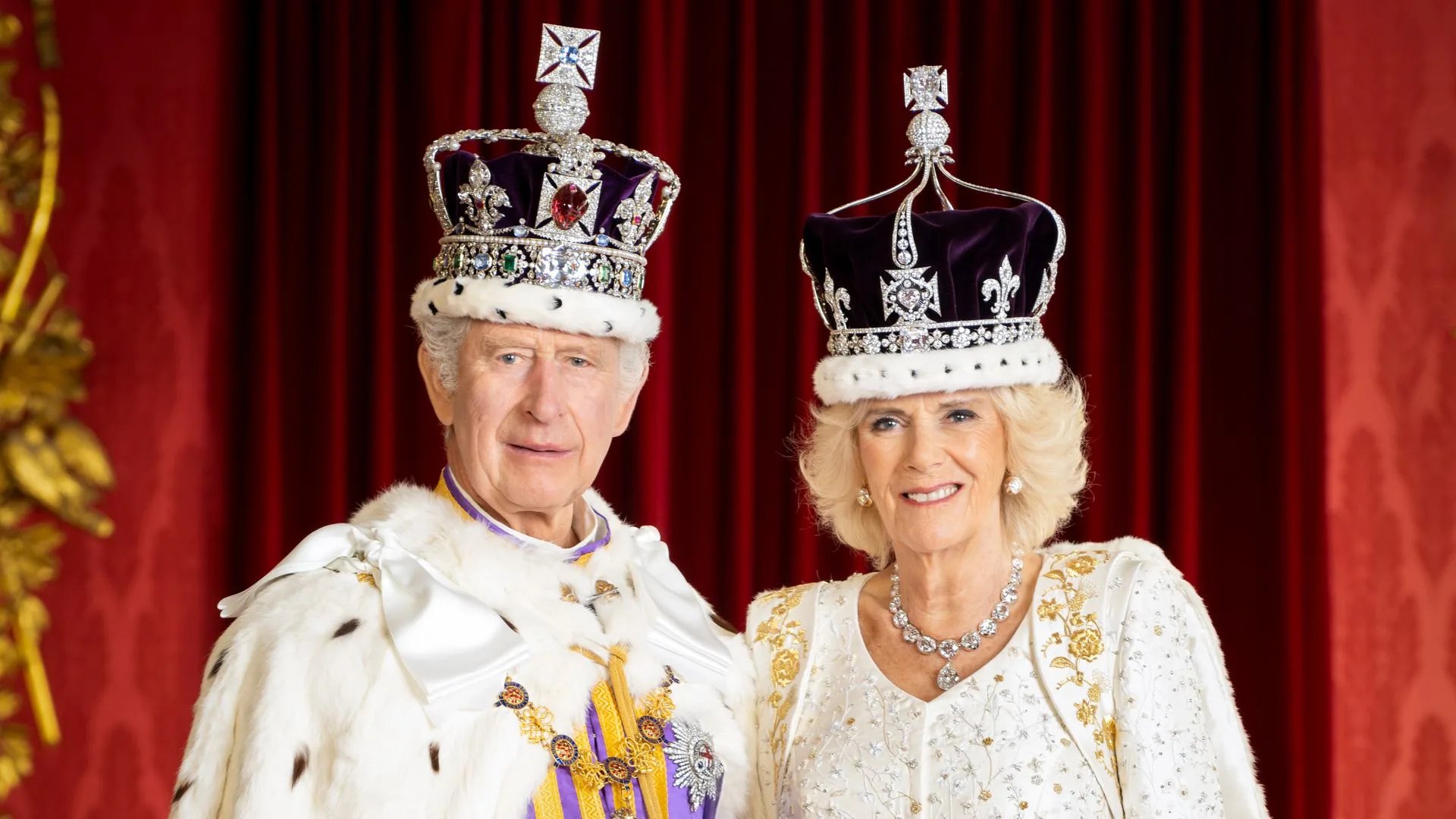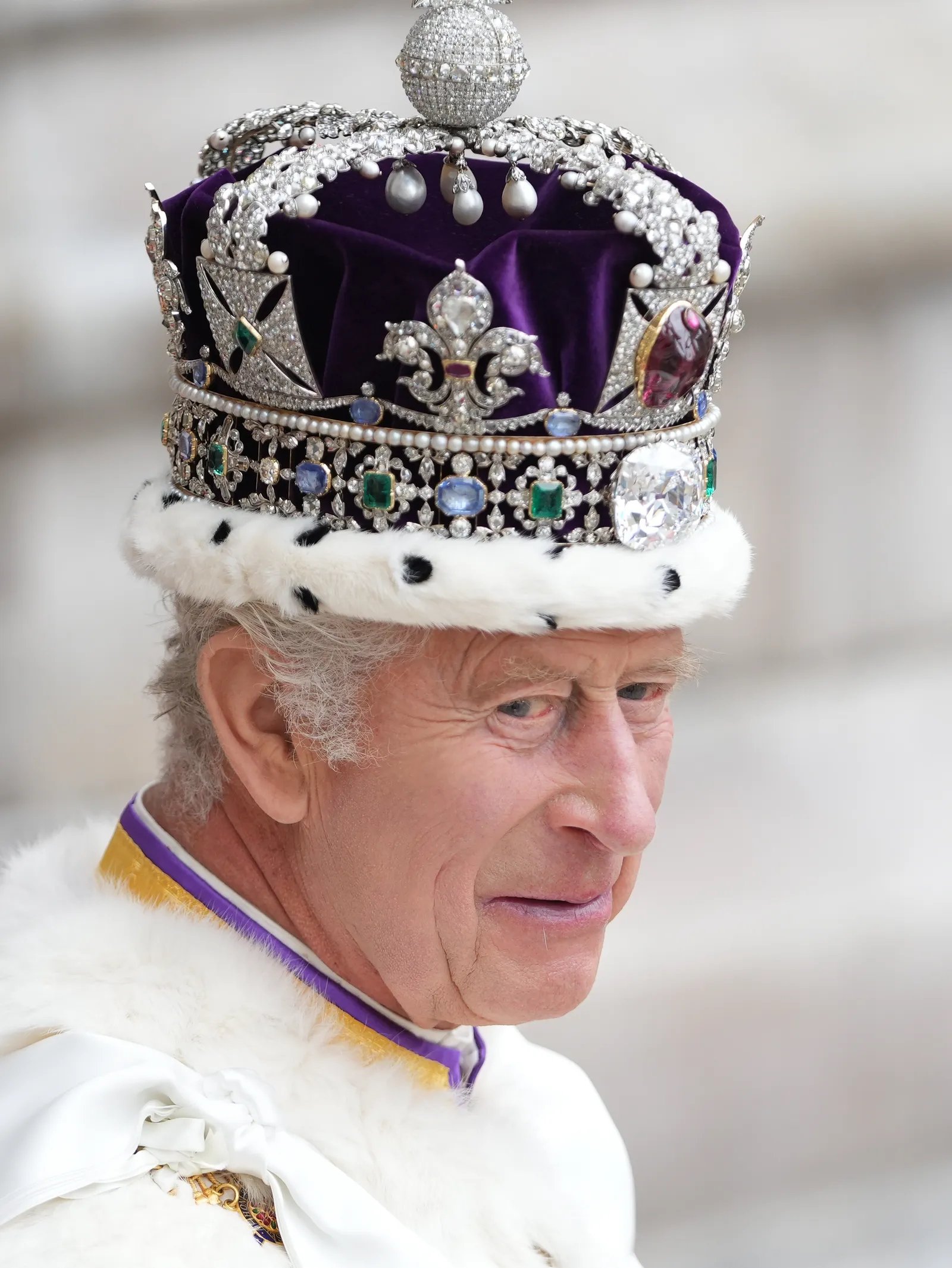A mighty dragon guarding a colossal 105-carat, Fancy Vivid Yellow, Mouawad Rough diamond. The painting was commissioned by Fred Mouawad. Reena’s painting is a tribute to the exceptional Co-Guardianship and dazzling diamond legacy of the House of Mouawad.
Read moreThe Mouawad 'Romanovs Rough Diamond' painting by Reena Ahluwalia
Mouawad Co-Guardian Fred Mouawad commissioned Reena to paint the 179-carat 'Romanovs' rough diamond painting. Reena’s painting captures the Russian origin of the rough diamond and celebrate this one-of-its-kind wondrous miracle of nature.
Read moreThe Legendary Cullinan Diamond
This is what diamond dreams are made of!
At 3106.73-carat, Cullinan is the largest rough diamond ever found in the world, a part of British Crown Jewels, that was cut and polished by legendary diamond company - Royal Asscher. Stars of Africa initiative and collection is a jewelry collection, designed by Reena Ahluwalia for Royal Asscher Diamonds, and is named after this fabled diamond.
The Cullinan diamond was discovered in the Premier Mine in South Africa in 1905 and so named as the mine belonged to Thomas Cullinan. The Transvaal Government bought the diamond and presented it King Edward in 1907 as a sign of gratitude for passing government from British rule to the state.
Jewelry designer Reena Ahluwalia at Royal Asscher Diamonds headquarter in Amsterdam, holding the Cullinan diamond replica.
The Cullinan diamonds in the British Crown Jewels. King Charles III and Queen Camilla’s Coronation.
King Charles III with the Imperial State Crown. Set in The Imperial State Crown is a magnificent 317.4 carat Cullinan II diamond, also known as the Lesser Star of Africa. The Sovereign's Sceptre with Cross is set with the largest of the Cullinan diamonds known as the Star of Africa or Cullinan I that weighs 530.2 carats. The Sceptre is part of the Crown Jewels and the coronation ceremony.
Queen Consort Camilla wore Queen Mary's Crown with the Cullinan III, IV and V diamonds that were part of Queen Elizabeth's personal jewelry collection. What was removed from the crown was world's most famous and controversial diamond - the legendary Koh-i-Noor. Queen Camilla was also wearing the Coronation necklace made for Queen Victoria by Garrard. 2023.
Upon it's discovery, Cullinan crystal (rough) being handed from Fred Wells (right) to McHardy, who then hands it to Sir Thomas Cullinan (left). 1905
Cullinan Diamond. Photograph showing two models (replicas) of the original stone. The Cullinan Diamond was discovered in South Africa in 1905 and presented to King Edward VII in 1907. It was sent to Asschers (presently, Royal Asscher Diamond Company) of Amsterdam to be cleft in 1908. Image: Royal Collection © Her Majesty Queen Elizabeth II
Royal Asscher file image of tools used by Joseph Asscher to cleave the Cullinan Diamond.
Photograph of Mr Joseph Asscher standing to the right of a bench while holding a cutting tool resting on the Cullinan Diamond, held in a vice. He holds a hammer in his raised right hand about to strike the cutting tool. Image: Royal Collection © Her Majesty Queen Elizabeth II
Original tools used for cleaving the largest rough diamond ever found, The Cullinan diamond. Check out the large loop ! Joseph Asscher had to create new and significantly large tools for the fabled rough diamond. Image: Royal Asscher Archives
The diamond was presented to Great Britain’s King Edward VII who asked the Asscher brothers to cleave it. In 1908, Joseph Asscher cut the stone into 9 large stones and 42 small stones. Here are the replicas of Cullinan polished diamonds. Image: Taken by Reena Ahluwalia at the Royal Asscher HQ/Archives.
Replica of the 9 largest stones polished from the Cullinan diamond. Image: Taken by Reena Ahluwalia, at L'École des Arts Joailliers, Van Cleef & Arpels. Paris
The Imperial State Crown. Set in The Imperial State Crown is a magnificent 317.4 carat Cullinan II diamond, also known as the Lesser Star of Africa, was cut by the Asscher Diamond Company. Great Britain's Crown Jewels. Image: Royal Collection © His Majesty King Charles III.
The Sovereign's Sceptre with Cross that is set with the largest of the Cullinan diamonds known as the Star of Africa or Cullinan I that weighs 530.2 carats. The Sceptre is part of the Crown Jewels. Image via: The Jewellery Editor
The sceptre comprises a gold rod, formed in three sections, with enamelled collars at the intersections, surmounted by an enamelled heart-shaped structure, which holds a huge drop-shaped diamond, Cullinan I, or the Star of Africa, weighing 530.2 carats. The Sovereign's Sceptre with Cross. Credit: The Royal Collection Trust.
Cullinan diamond III and IV Brooch, commissioned by Queen Mary in 1911, and the Delhi Durbar Necklace and Cullinan Pendant, which is the Cullinan VII. Image: Roland Hoskins
Shown here are the replicas of the major Cullinan diamonds with a one carat (ct) diamond (bottom left) for scale. They were cut from the 3,106 ct Cullinan diamond crystal found in South Africa in 1905. This record-setting crystal produced nine major gems and 96 smaller diamonds. The two largest, the 530.20 ct Cullinan I and the 317.40 ct Cullinan II, are part of the British Crown Jewels, while the rest of the major diamonds (Cullinan III-IX) were privately owned by Queen Elizabeth II. In 2023, the Queen Consort Camilla will wear Queen Mary's Crown, which features 2,200 diamonds and was worn by Queen Mary when she took part in the coronation alongside her husband, King George V, in 1911. As a tribute to the late Queen Elizabeth, the headpiece will be reset with the Cullinan III, IV and V diamonds, which are part of the famous Cullinan diamond, the largest ever found. The jewels were a part of the late monarch's personal jewelry collection and were frequently worn as brooches. Image: GIA
Cullinan diamond III and IV Brooch: The third and fourth largest of the Cullinan gems - a pear-shaped drop of 94.4 carats (III) and the cushion-shaped 63.3 carat IV - were originally placed by Queen Mary on her new crown in 1911. The stones were most often worn hooked together as a pendant brooch.
Cullinan diamond VI and VIII brooch: Many pieces of Royal jewellery were created to be versatile. As well as the brooch, the 11.5 carat Cullinan VI has been used in a number of pieces including a diadem.
Cullinan IX The smallest of the nine stones, weighing 4.4 carats, was set into a platinum ring for Queen Mary in 1911. The pear shape is known as a pendeloque and is mounted in an openwork 12-claw setting. It was also inherited by The Queen in 1953. Image: MailOnline
King Charles III with the Imperial State Crown. Set in The Imperial State Crown is a magnificent 317.4 carat Cullinan II diamond, also known as the Lesser Star of Africa. The Sovereign's Sceptre with Cross is set with the largest of the Cullinan diamonds known as the Star of Africa or Cullinan I that weighs 530.2 carats. The Sceptre is part of the Crown Jewels and the coronation ceremony. 2023.
King Charles III and Queen Camilla. Queen Consort Camilla wore Queen Mary's Crown with the Cullinan III, IV and V diamonds that were part of Queen Elizabeth's personal jewelry collection. What was removed from the crown was world's most famous and controversial diamond - the legendary Koh-i-Noor. Queen Camilla was also wearing the Coronation necklace made for Queen Victoria by Garrard. 2023.
Queen Consort Camilla wore Queen Mary's Crown with the Cullinan III, IV and V diamonds that were part of Queen Elizabeth's personal jewelry collection.
King Charles III with the Imperial State Crown. Set in The Imperial State Crown is a magnificent 317.4 carat Cullinan II diamond, also known as the Lesser Star of Africa. WPA Pool/Getty Images
Her Majesty Queen Elizabeth II wearing the Imperial State Crown and holding the Sovereign's Sceptre, both of which contain stones cut from the Cullinan Diamond in this picture from her Coronation. Image: MailOnline
In the past I have authored posts on, Bejeweled Maharaja & Maharani of Mysore, Koh-i-Noor Diamond, Diamonds on World Postage Stamps, Top Ten - Largest Diamonds Discovered In The World, Splendors of Mughal India, The Magnificent Maharajas Of India, Mystery & History Of Marquise Diamond Cut, Ór - Ireland's Gold, The Legendary Cullinan Diamond, Bejeweled Persia - Historic Jewelry From The Qajar Dynasty, Famous Heart-Shaped Diamonds, Type II Diamonds, Green Diamonds, Red Diamonds and more. Over years, I have spent countless hours in self-driven studies on diamond, jewelry history and research. I wrote these blogs for a simple reason - to share my collected knowledge with all who are interested, so that more can benefit from it. Take a look and enjoy! -- Reena


